A Ukrainian commander’s blunt critique at a 2023 Warsaw summit exposed a harsh truth: American drones, even from top manufacturers, are failing on the modern battlefield. “They’re shit,” he declared, poking a Marine Corps representative in the chest, highlighting a crisis in U.S. drone capabilities. This stinging rebuke, coupled with bureaucratic gridlock, has spurred veterans and innovators to launch the U.S. National Drone Association, aiming to revolutionize drone acquisition through real-world competitions, explains Nathan Ecelbarger in an article on War on the Rocks. For drone enthusiasts, this signals a pivotal moment for the industry to step up and shape the future of military aviation.
A Broken System Exposed
The Pentagon’s drone acquisition process is a labyrinth of red tape, stifling innovation and leaving warfighters with outdated tools. Despite the Defense Innovation Unit’s efforts, only two contractors control the “Blue UAS Cleared List,” creating bottlenecks that favor entrenched players over agile startups. This system has left American troops lagging, especially as adversaries like Russia deploy first-person-view (FPV) drones striking targets over 18 miles (30 km) away in Ukraine. The stakes are high: without reform, U.S. forces risk being outmatched in drone-dominated warfare.
Historical Lessons Fuel Change
The U.S. National Drone Association draws inspiration from the National Rifle Association’s 19th-century push for military modernization. In 1871, Union veterans, frustrated by the Army’s refusal to adopt breach-loading rifles, founded the National Rifle Matches to expose deficiencies through public competitions. By 1903, their efforts led Congress to fund national marksmanship programs, transforming military readiness. Similarly, the Drone Crucible Competition, launched for July 4, 2025, will pit military units, industry teams, and civilian innovators against each other to test tactics and technologies, aiming to force rapid adoption of cutting-edge drones.
The Marine Corps Steps Up
The Marine Corps has taken the lead, forming the Attack Drone Team with the Warfighting Laboratory and Weapons Training Battalion. Despite bureaucratic hurdles, they’ve secured donated drones from tech sponsors for the Drone Crucible Competition. The Army’s 75th Ranger Regiment, backed by Special Operations Command, has also joined, signaling a shift toward embracing innovation. These competitions will reveal whether military drones can match the agility of commercial systems or even those built by hobbyists, like a 14-year-old drone racing champion who might outshine seasoned operators.
DroneXL’s Take
The Ukrainian commander’s words should haunt every drone professional. The U.S. can’t afford to field drones that falter when lives are on the line. The Drone Crucible is a bold step, but it’s just the start. DroneXL believes the industry must rally behind open competitions, pushing for policies that let innovators—whether in a garage or a boardroom—compete on equal footing. Imagine a future where a community college student’s prototype outflies a Pentagon-backed drone. That’s the spark we need to keep America’s skies dominant. Congress and the Defense Department must act now, slashing red tape and empowering commanders to test drones as freely as they train with rifles. The battlefield waits for no one—neither should we.
Discover more from DroneXL.co
Subscribe to get the latest posts sent to your email.
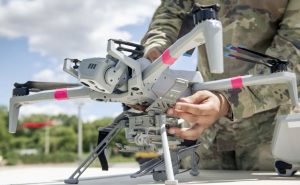





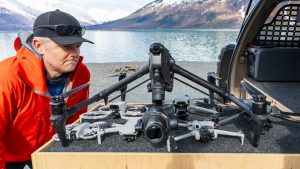
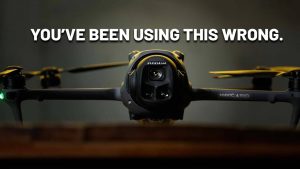

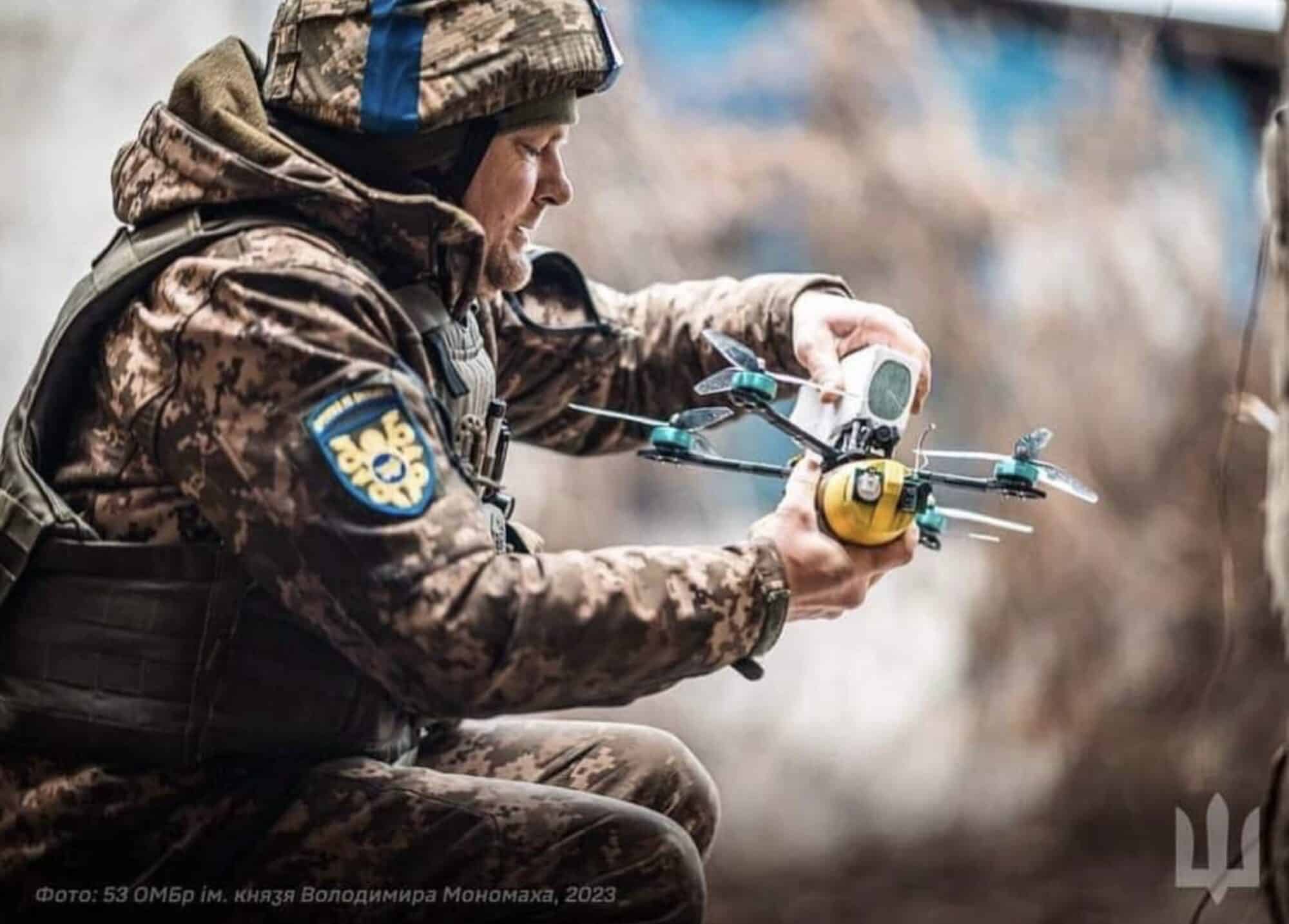
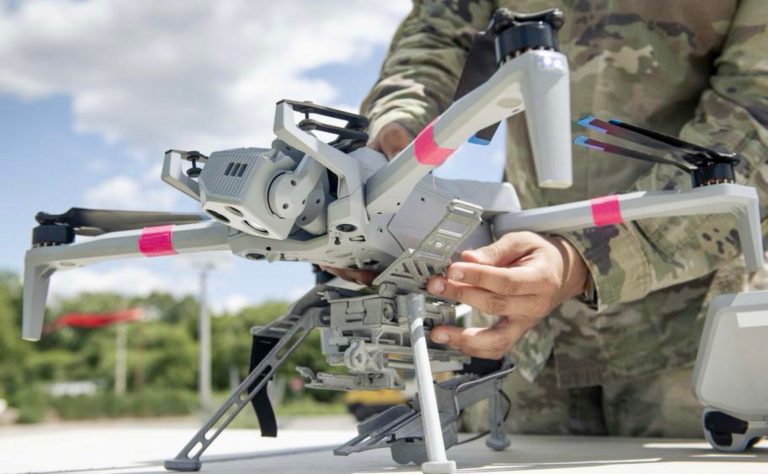

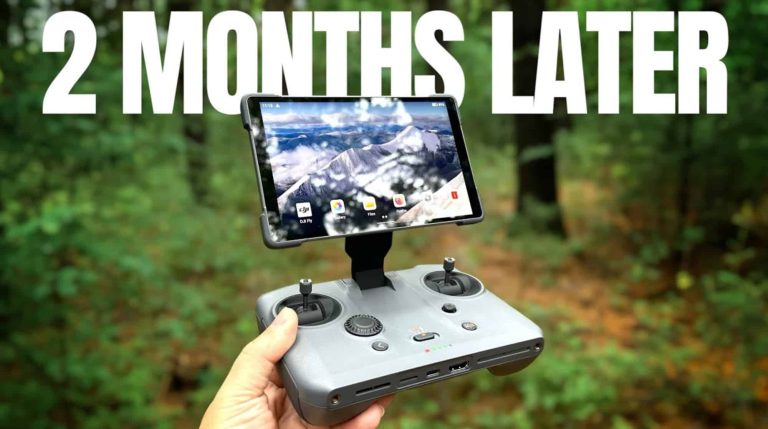
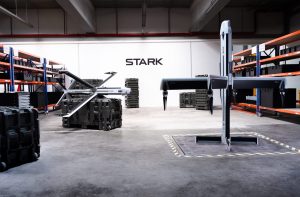
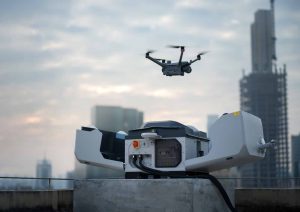



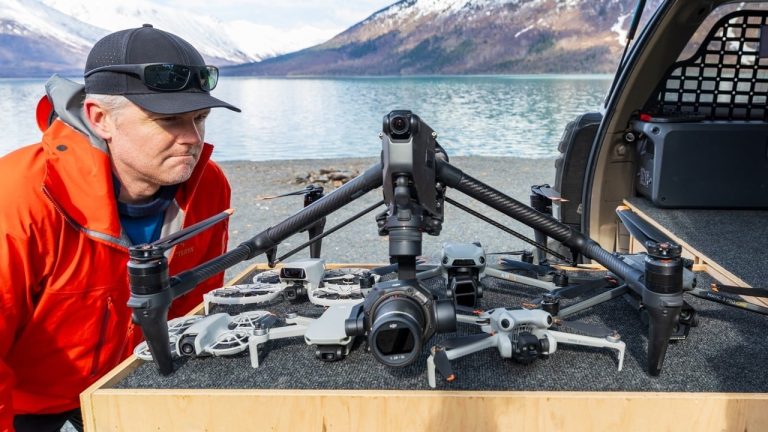
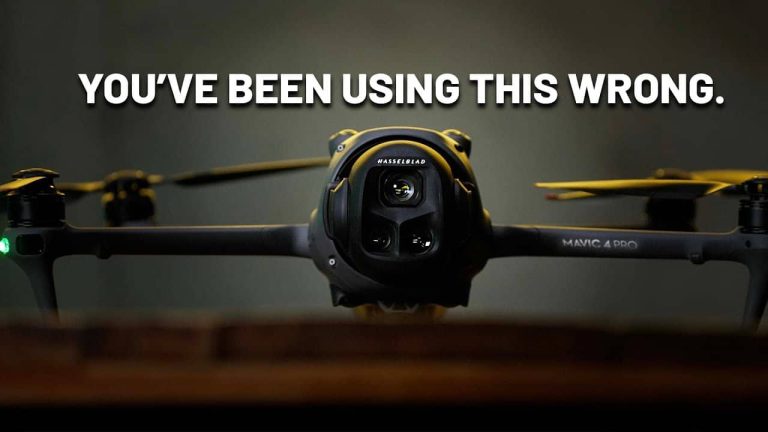
+ There are no comments
Add yours